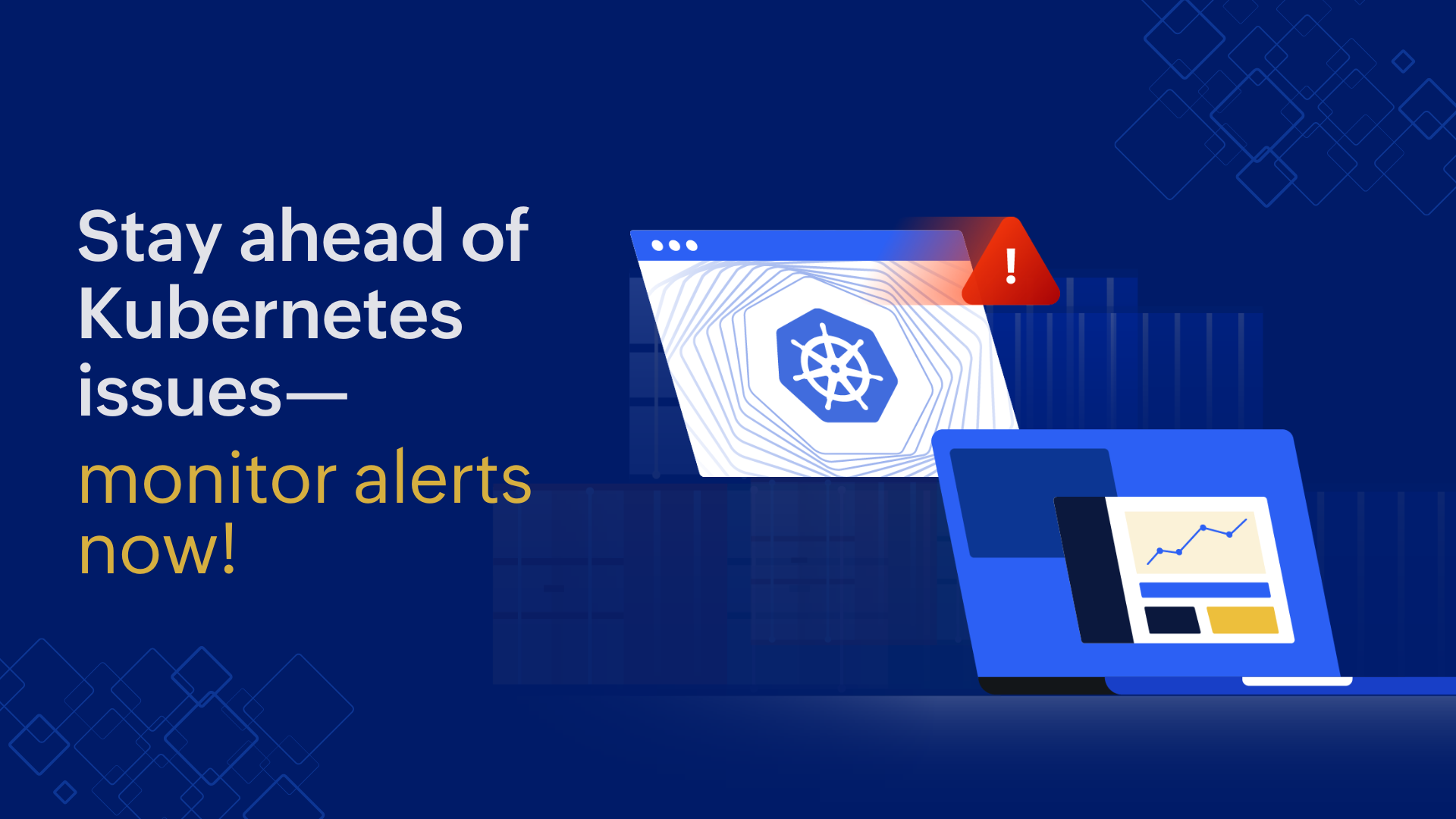Cultural change and leadership in adopting DEM for business innovation
Digital experience monitoring, or DEM, is now an essential part of digital enterprises rather than a supplemental tool. It enables businesses to comprehend fully and optimize user interactions across all touchpoints , including internal tools, mobile applications, and websites. But using DEM successfully requires more than just installing new...
Continuous Microsoft app monitoring: A step-by-step approach to iterative optimization
7 pro tips for optimizing AWS Lambda functions
In this guide, we’ll explore key performance bottlenecks and actionable tips to optimize AWS Lambda for speed, scalability, and cost-effectiveness.
Here are some of the common factors affecting Lambda performance:
Tackling geographic discrepancies in user experience for mid-market businesses with real user monitoring
Why APM should be viewed as a long-term strategic investment, not just a cost
Top 10 Kubernetes alerts and why they are essential?
Digital experience monitoring (DEM)-ITSM integration for holistic IT management
With technology progressing at one end, the need for a perfect, glitch-free user experience is also plummeting at the other end. It's a necessity now, and users expect to have smooth expertise irrespective of location, device, and time. There's no other way than to adhere to these needs for businesses.
The age of using tools in ...
From detection to resolution: The DEM workflow
DEM is a proactive, data-driven approach that goes beyond problem identification to understand and enhance the entire customer journey. Crucial is the workflow, a laborious process that begins with detection and concludes with resolution.
The first step is to listen to your customers—and their digital interactions. A strong DEM tool det...
DEM 101: Understanding and implementing digital experience monitoring
Modern businesses need a fast, reliable, and seamless digital experience. Proactive monitoring of the user experience—understanding how users interact with all digital touchpoints—is vital. This blog post explores the fundamentals of this approach, its significance, and key implementation strategies.
DEM is a way to track the end-user e...
The critical role of Kafka monitoring in managing big data streams
However, ensuring that your Kafka infrastructure operates smoothly is not a task you can simply set and forget. Due to the large volume of incoming data, issues like system slowdowns, bottlenecks, and unexpected breakdowns can happen at any time. This is why monitoring Kafka is essential. By closely observing system health, performance, and d...






